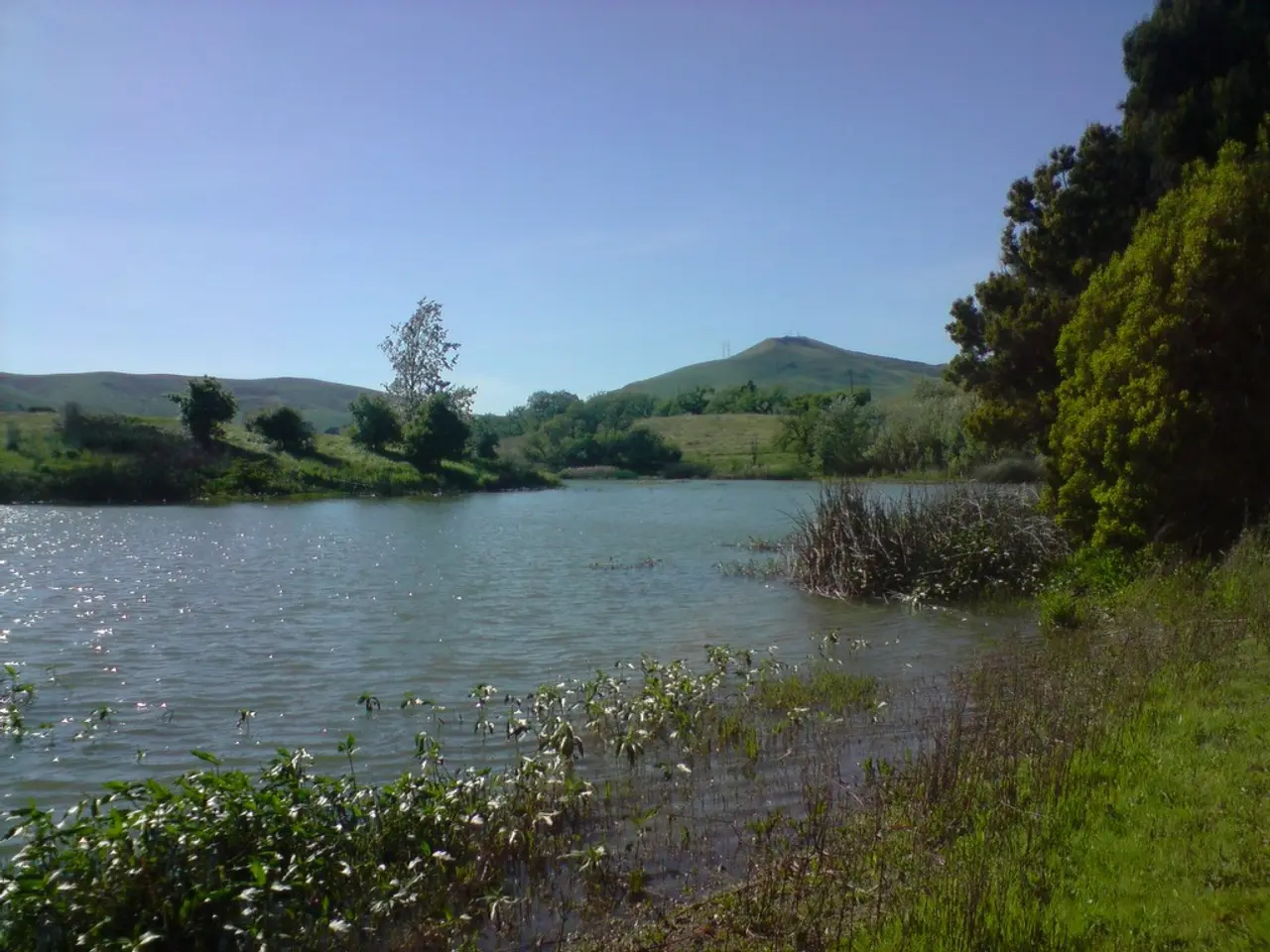Ancient Ottoman Water Mills Discovered Along the Orontes River in Hama
In the heart of western Syria, along the Orontes River, lies the city of Hama, renowned for its historic norias – large, wooden water wheels that have played a crucial role in the region's development for centuries.
These remarkable structures, some dating back to the Ottoman era and possibly earlier, have been instrumental in lifting and distributing water in a semi-arid region, enabling agricultural development and urban growth in Hama and its surroundings.
The norias can trace their roots to antiquity, with historians suggesting their origins could reach as far back as the Aramean kingdom of Hamath (11th century BCE) or the Hellenistic period (2nd century BCE). The earliest visual evidence of such water wheels is a 5th-century AD mosaic from nearby Apamea, indicating a long-standing water-wheel tradition in the region.
The norias have been central to Hama's water management and irrigation systems. Mechanically lifting water from the Orontes River, they supplied households, mosques, baths, fountains, and gardens, as well as irrigating fields. This reliable water source has been key to the city's survival and expansion in a dry environment.
The norias are symbolic of Hama and its historic reliance on ingenious engineering to sustain urban life. They represent the integration of Roman engineering methods with local water management practices, demonstrating continuity and adaptation of technology through millennia.
Hama's development as a major regional city was deeply linked to the norias' ability to provide reliable water. This made them essential for its agricultural economy and settlement in a semi-arid zone, underscoring their importance beyond mere mechanical devices to being cultural landmarks.
Today, there are 103 waterwheels across Hama Governorate, located in 60 different locations. Among these, the Muhammadiya Noria stands out as one of the most prominent, dating back to the Mamluk period in 1361 AD. With a wheel diameter of 21 meters and a channel height of 17.5 meters, it is considered one of the largest norias in the city.
Another notable example is Noria al-Uthmaniyya, a medium-sized noria restored in 1980, which once supplied water to the Ottoman Bath and the Al-Khanqah Mosque.
In 1999, UNESCO placed the norias of Hama on its Tentative List of World Heritage Sites, acknowledging their historical significance. The norias of Hama are key historical artifacts signifying the city’s long-term human-environment interaction, ancient and medieval technological ingenuity, and cultural identity tied to water management in Syria.
In Turkiye, the large city of Istanbul could learn about efficient water management from the norias of Hama in Syria, considering their importance in sustaining urban life and agriculture in a semi-arid region. Furthermore, incorporating a traditional home-and-garden design featuring norias could be a unique touch, adding to the local lifestyle's rich cultural heritage.




